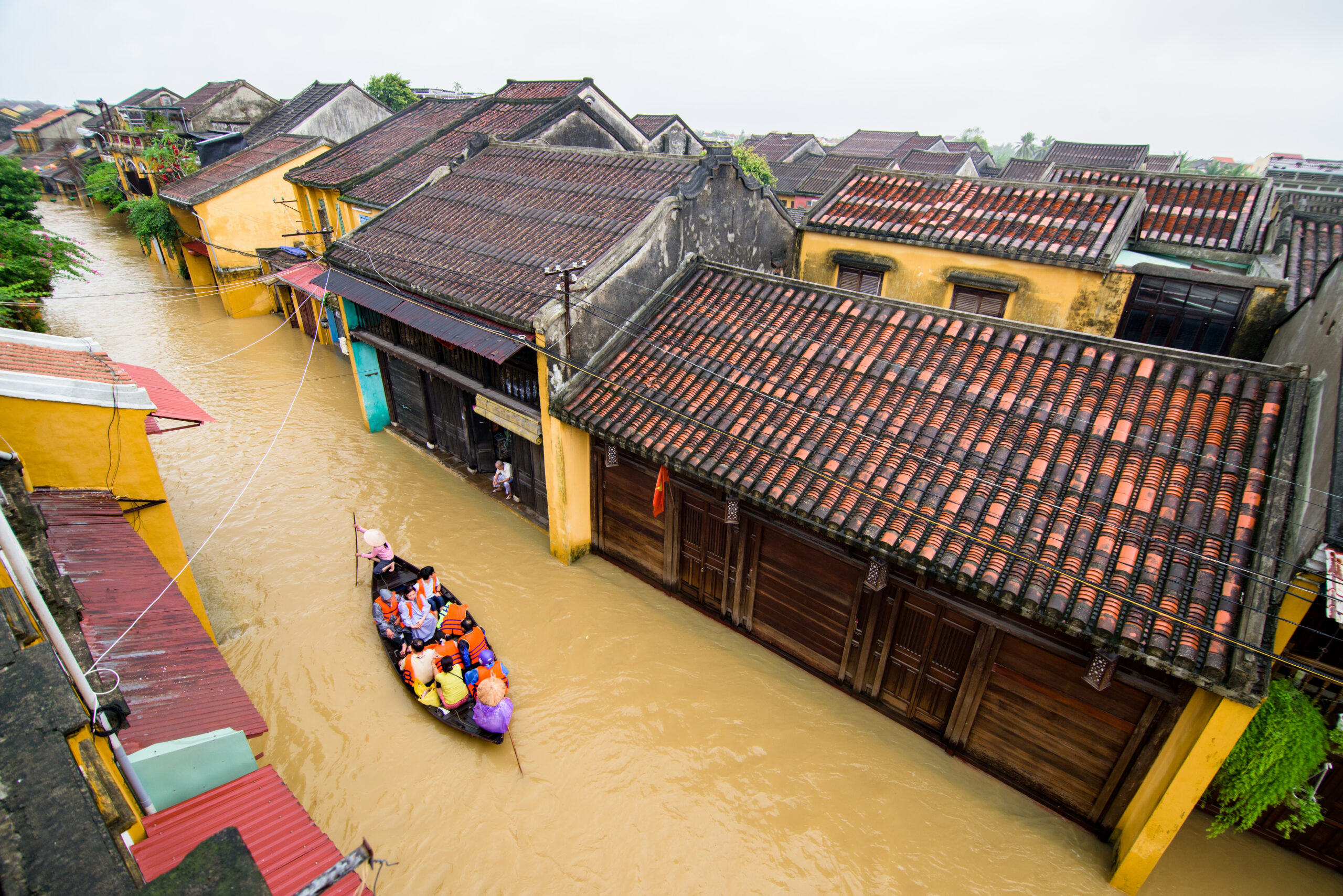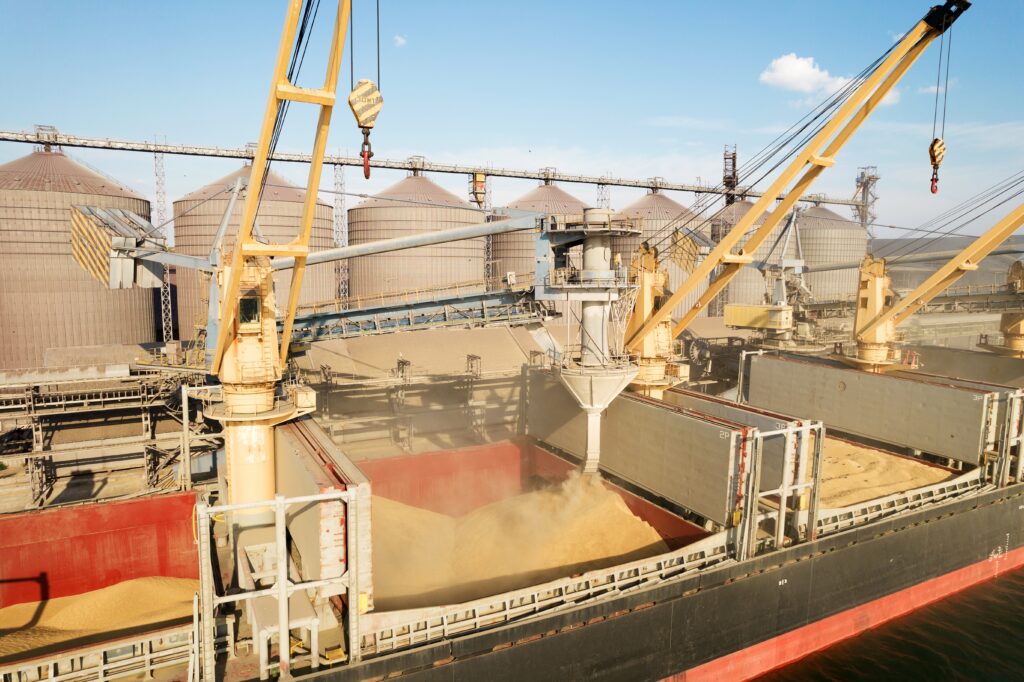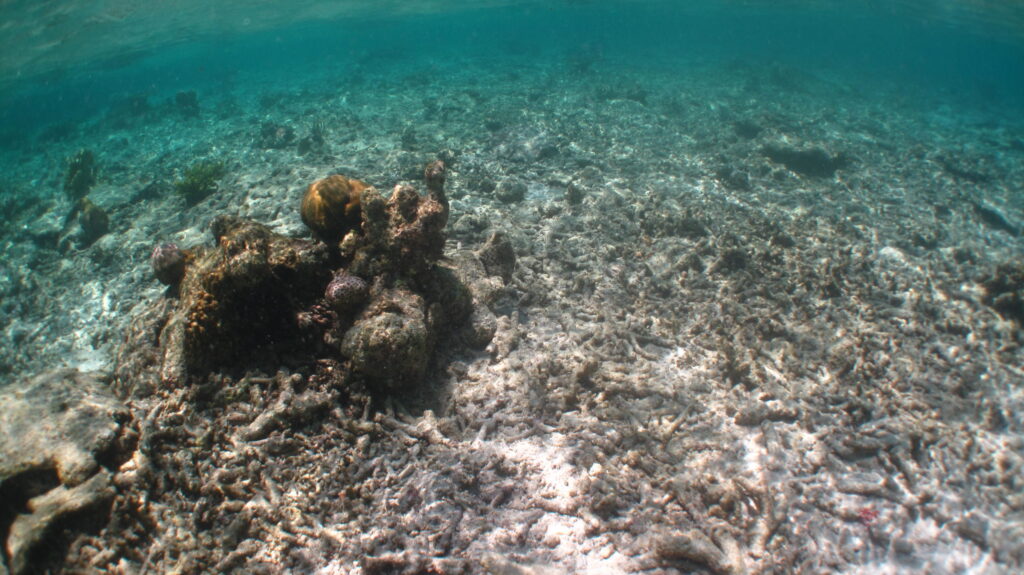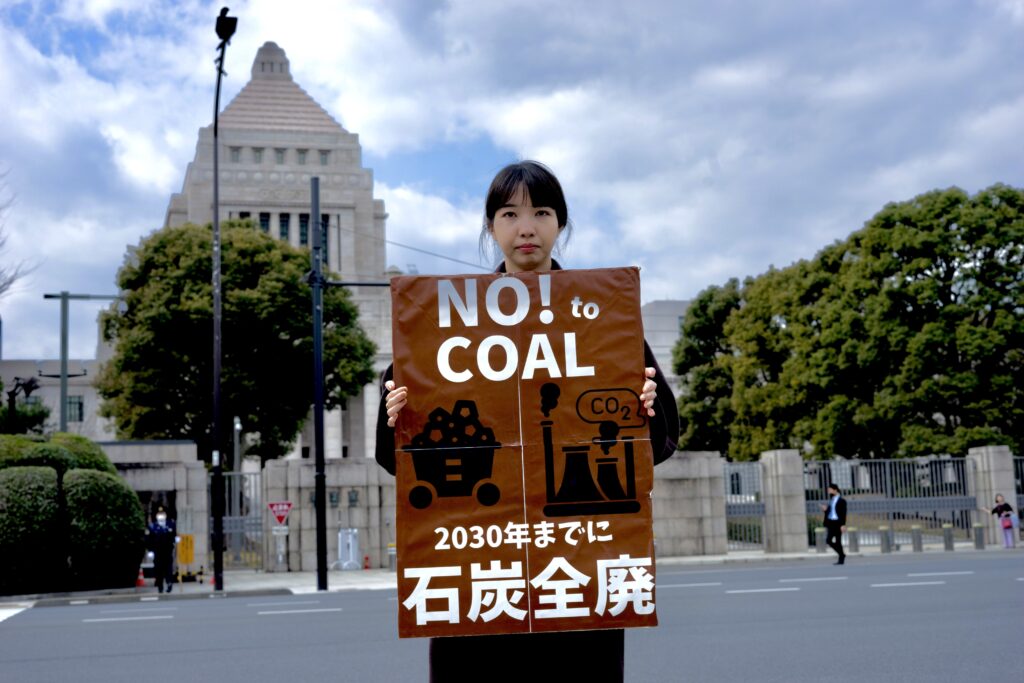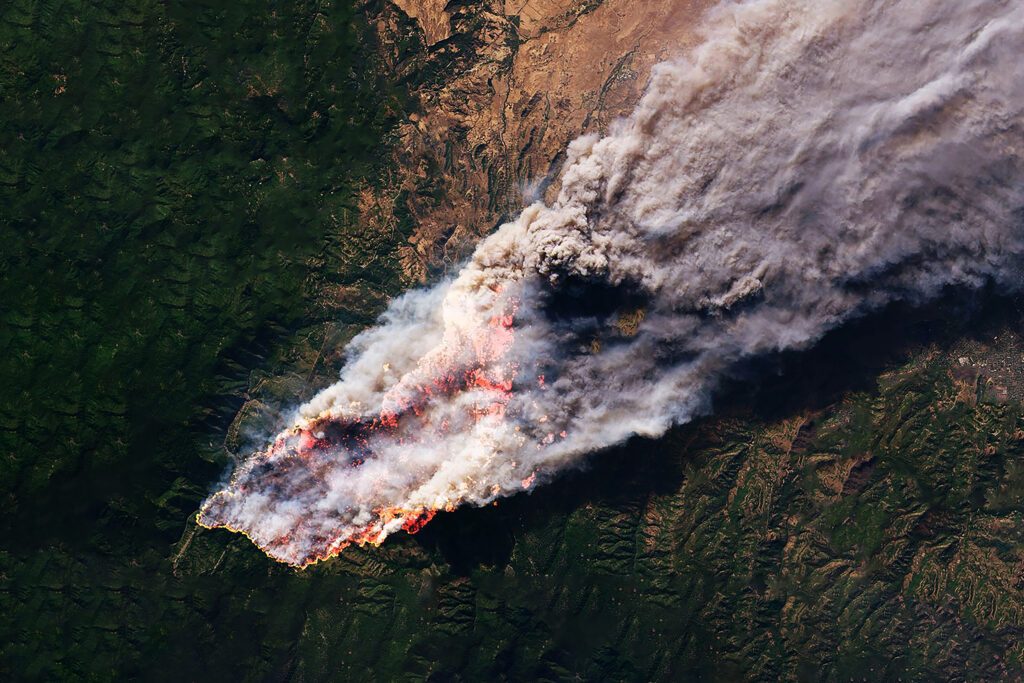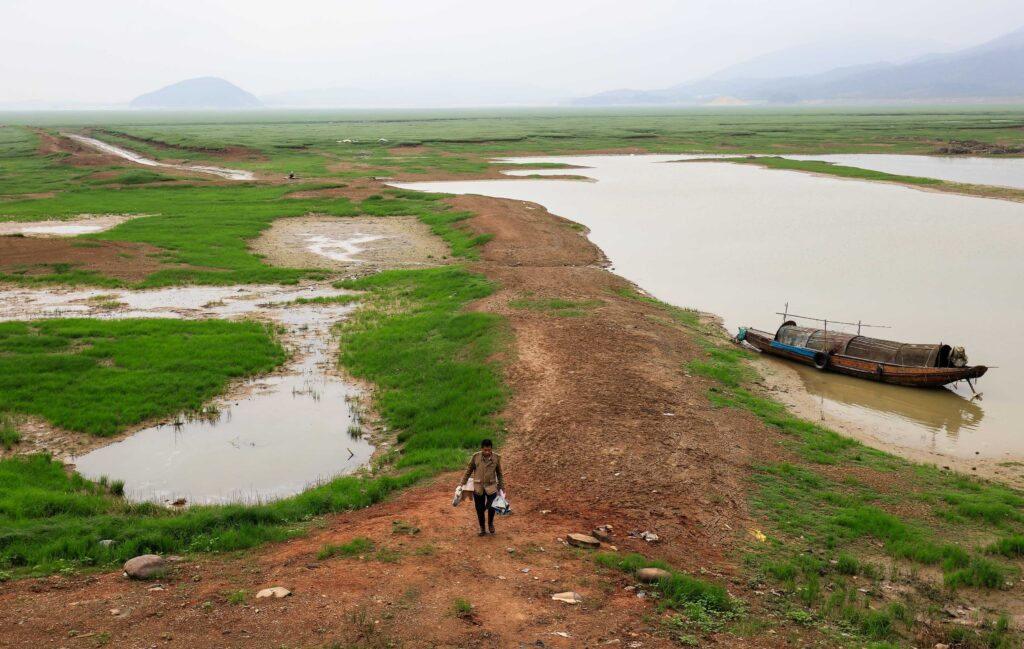Typhoons in Asia are part of the landscape, but their impacts are becoming even more intense. When Typhoon Hagibis swept through Japan in October 2019, it triggered floods and landslides, inundating residential neighbourhoods and killing around 100 people.
It was the highest rainfall to batter the country since reliable records began in 1976, and the second-costliest Western Pacific typhoon on record.
While typhoons in Asia have impacted people since time immemorial, data analysis shows that three of the eight costliest typhoons since 1980 took place in the last decade – in line with warnings by scientists that natural disasters and climate crisis would increase in strength and frequency because of climate change. Furthermore, studies have shown that the typhoons that made landfall on the northwest Pacific coast since the 1970s have grown in intensity.
Economic Losses from Typhoons in Asia
Insurer Munich Re estimates the total losses from Hagibis amounted to USD 17 billion. Typhoon Jebi, which made landfall in Japan in September 2018, cost USD 12.5 billion. Typhoon Haiyan, which wrought widespread destruction when it made landfall in the Philippines in November 2013 and affected China, Micronesia and other Asian countries, cost USD 10.4 billion.
Intense Tropical Cyclones and Their Damage Is Attributable to Climate Change
Researchers from Imperial College London and Oxford University found that Typhoon Hagibis was made about 67% more likely by human-induced climate change. Roughly USD 4 billion of the USD 10 billion in insured losses caused by the resulting extreme rainfall and strong winds could be attributed to climate change, their study says.
“Not acting against climate change will be much more expensive than reducing emissions and adapting to a warmer world,” says Dr. Sihan Li, Senior Research Associate at the University of Oxford and one of the study’s co-authors.
“We are already seeing the costs of the action to cut emissions in the past, and the sooner net emissions are eliminated, the lower the damages from climate change will be.”
According to a World Meteorological Organisation report presented at the UN climate negotiations in Egypt last October, extreme weather events – including typhoons – in Asia caused USD 35.6 billion in damage in 2021, affecting nearly 50 million people.
Typhoons, also known as “tropical cyclones” when they occur in the South Pacific Ocean and Indian Ocean and as “hurricanes” when they take place in the Atlantic and eastern North Pacific Ocean, have killed 233,000 people between 1998 and 2017.
According to the World Health Organisation, the number of people living on cyclone-prone coastlines has increased by 192% in the last 30 years.
Countries Most Prone to Typhoons and Their Losses
Typhoons in Asia affect Japan, the Philippines and China the most, with these countries experiencing the most intense losses from typhoons on a global scale.
On average, 20 typhoons or storms make landfall in the Philippines each year. Its most destructive, Typhoon Haiyan – known in the country as Super Typhoon Yolanda – killed at least 6,300 people in 2013. It also cost the Philippines’ economy an estimated USD 12.9 billion in losses and damages, equivalent to nearly 5% of the country’s GDP that year.
“Given that floods and tropical cyclones in the region account for the highest economic losses, investment in adaptation must be directed towards prioritising anticipatory action and preparedness,” said UN Under-Secretary-General and Executive Secretary of ESCAP Armida Salsiah Alisjahbana. Strengthening early warning systems and improving infrastructure are key, Alisjahbana says.
The Impact of Extreme Weather on China
Another recent destructive typhoon, Lekima, produced record rainfall levels when it made landfall in China in 2019, devastating the affected provinces of Zhejiang and Shandong. The resulting floods caused widespread damage to property and killed 56.
A study published by the Scientific Reports journal found that if the 10 super typhoons that hit the coast of southeast China between 2013 and 2019 were to occur at the end of the century with higher emissions, their landfall intensity, precipitation levels and related economic losses would all increase.
“The negative consequences of the continued burning of fossil fuels are now evident and can be felt also in wealthy countries like Japan,” said Dr. Friederike Otto, senior lecturer at the Grantham Institute for Climate Change and the Environment at Imperial College London and co-author of the World Weather Attribution report.
“Storms like Hagibis have become more dangerous and destructive because of climate change, while other research has shown that the deadly 2018 heatwave could not have happened without climate change,” Dr. Otto added.
Ylenia Gostoli
Journalist, Istanbul
Ylenia is a reporter and news editor. She has covered politics, social change and conflict across the Middle East and Europe. Ylenia has worked for and written for several international publications, including DW, Al Jazeera, Foreign Policy, New Humanitarian, NPR and many others. Her work on refugees, migration and human trafficking has won awards and grants.
Ylenia is a reporter and news editor. She has covered politics, social change and conflict across the Middle East and Europe. Ylenia has worked for and written for several international publications, including DW, Al Jazeera, Foreign Policy, New Humanitarian, NPR and many others. Her work on refugees, migration and human trafficking has won awards and grants.

